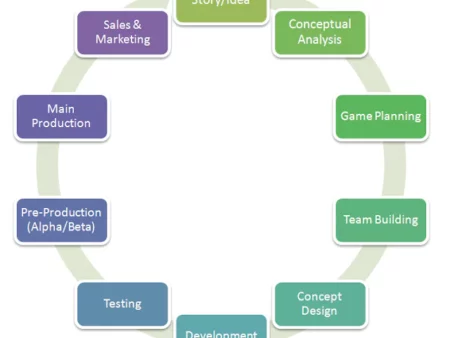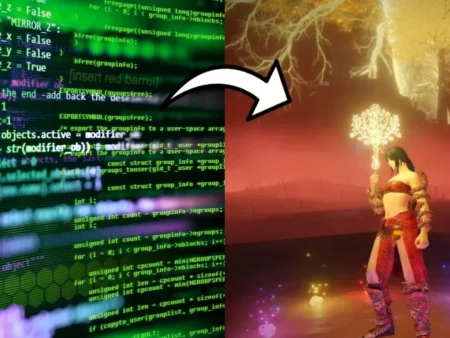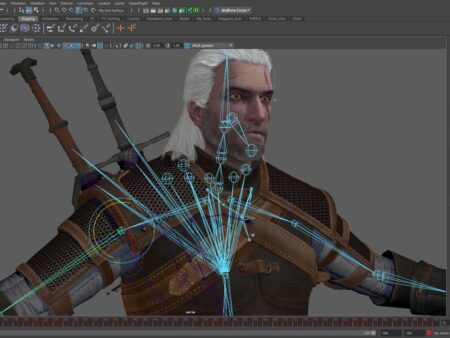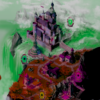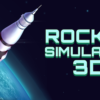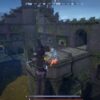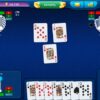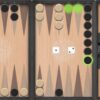Stages of game development part 2
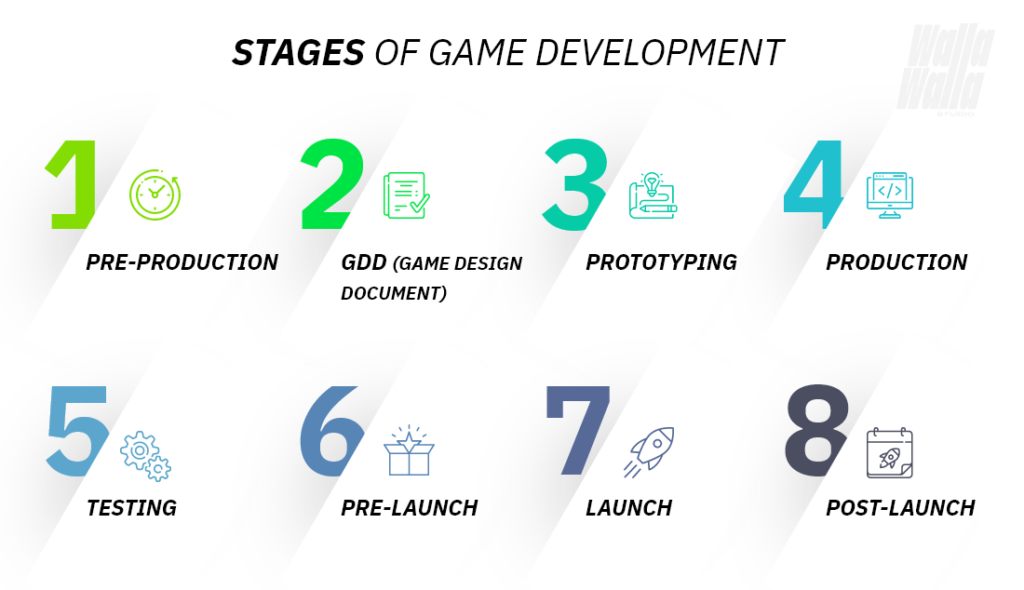
- Friends & Family / CBT (closed beta testing)
At the CBT stage, the product is first demonstrated to a fairly wide audience, albeit loyal to the product or company. Among the most important tasks at this stage are: finding and fixing game design bugs, game logic problems and fixing critical bugs. At this stage, the game already has all the key features, enough content has been created for a full-fledged game for a long time, statistics collection and analysis are set up. Testing goes according to the test plan, stress tests are conducted with the involvement of real players.
- Soft Launch / OBT (Open Beta Test)
At this stage testing of the game continues, but already on a wide audience. Optimization under heavy loads is underway. The game should be ready to receive large traffic. Billing is implemented in the game and payments are accepted.
At this stage the development of new features is fully completed. Feature freeze occurs, programmers stop implementing something new and switch completely to debugging and tuning of existing features. Game designers, producer and analysts draw conclusions from the statistics collected on CBT and check the effectiveness of monetization.
At the same time, by the beginning of the stage the project infrastructure should be fully functional: website, social networks groups, channels of attraction (User Acquisition), user support.
- Release
The key goal is to make a profit. The basic criterion used for evaluating profitability: the amount of money brought on average by one player over time (LTV aka lifetime value) should exceed the cost of attracting this player (CPI aka cost per install).
At this stage, the product operation (technical support, work with community) should be fully developed, marketing and financial plans are being followed, work is being done to improve financial indicators, and channels for attracting traffic are being actively worked out.
The development team at this stage is engaged in fixing technical bugs detected during operation and optimizing the product. Game designers are engaged in fine-tuning gameplay to the real situation in the game world (especially relevant for MMO projects). Also implements various in-game features that support new monetization schemes. And of course there is the development and integration into the product of new content that supports the interest of players.
